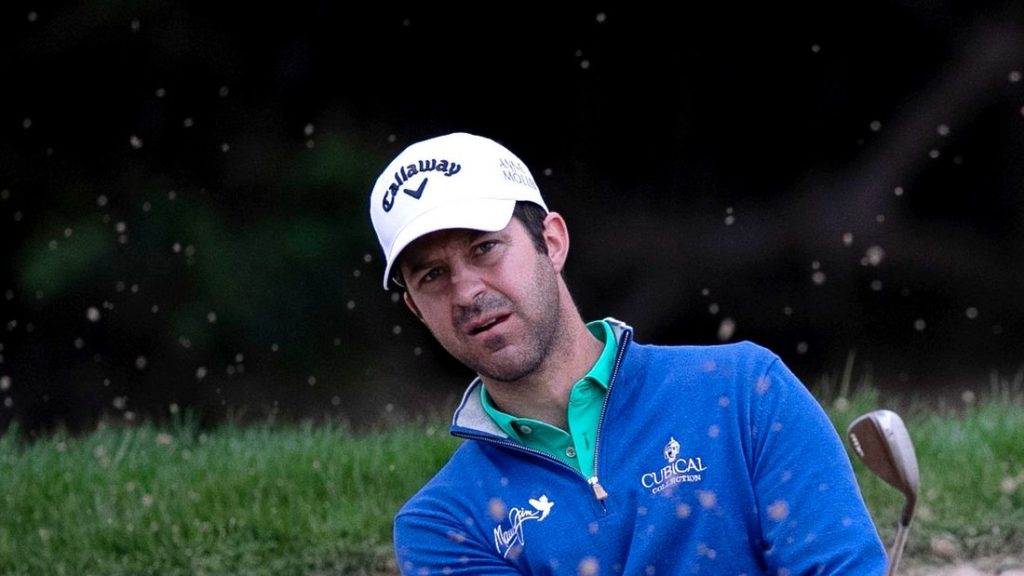That was win number two, it took a lot hard work. That was a great way@ to perform on a play off by D Drydayle @vicky_drysdale Thanks everyone for the support #QatarMasters pic.twitter.com/JzkSw2tRlq
— Jorge Campillo (@jcampillogolf) March 8, 2020
The Commercial Bank Qatar Masters which concluded on Sunday at Education City Golf Club was won by Jorge Campillo of Spain, who beat Scotland’s David Drysdale at the fifth hole of a sudden-death playoff. For the latter, a missed 10-foot putt for victory on the final hole of regulation play was particularly painful – this was his 498th tour event and he has yet to win one. But this was a fitting outcome in one way, though: a now two-time Spanish champion on the European Tour triumphing over a course designed by a two-time Spanish major champion. More on that in a moment.
This was the first time since its inception in 1998 that the tournament had not been held at the Doha Golf Club (small wonder; until very recently there was nowhere else to stage it). Among its winners have been six major champions: Ernie Els, Henrik Stenson, Retief Goosen, Sergio Garcia, Adam Scott (twice) and Paul Lawrie (also twice). But the prize-fund has dropped off since those days, when it was one of the wealthier events on the European Tour. The only major champions in the field this year were Lawrie and Martin Kaymer, both of whom missed the cut.
Until next year 👋 #QatarMasters pic.twitter.com/iXrUoRAgHc
— The European Tour (@EuropeanTour) March 9, 2020
The new venue, which was opened last year, was designed by José Maria Olazábal. Elevation changes on the course were achieved by moving 700,000 cubic metres of rock from a nearby building site which in due course will be one of the stadia used at the 2022 World Cup. But putting some movement into the terrain was just about the last problem to concern Olazábal when he first set eyes on the project. Never mind there being no grass handy (this being the desert, after all); the site was not comprised of sand either. It was limestone rock, from which the shapers and labourers had to produce the soil on which the course could be laid out.
Some 30 years ago the Emirates Course in Dubai, which is the annual host of the Desert Classic, was the first green golf course in the region, created by means of a desalination plant, which converts sea water into a product capable of irrigating a golf course. At Education City, the water is provided by treated sewage effluent (TSE), which is exactly what it sounds like. Waste into water – although there is no turning water into wine here on account of the country’s strict laws on alcohol consumption.
In addition to the par-71 championship course that was in play last week, the property has a 6-hole course (which would be all the rage if the R&A had its way) and a floodlit 9-hole par-three course. It is a truly ambitious project, the tournament course having incorporated several old stone walls, an ancient water well and a wadi (dry river bed) into the layout, which is adorned by some 3,000 indigenous trees.
Meanwhile, back at the Doha Golf Club, the longer-term financial prospects are looking good. The club is the only place in the country outside of international hotels where anyone will be able to buy alcohol when the World Cup comes to town. You can bet they’ll drink to that.
You can follow Robert Green on Twitter @robrtgreen and enjoy his other blog f-factors.com plus you can read more by him on golf at robertgreengolf.com
